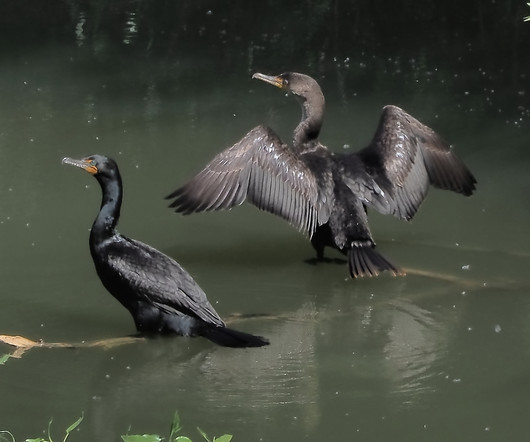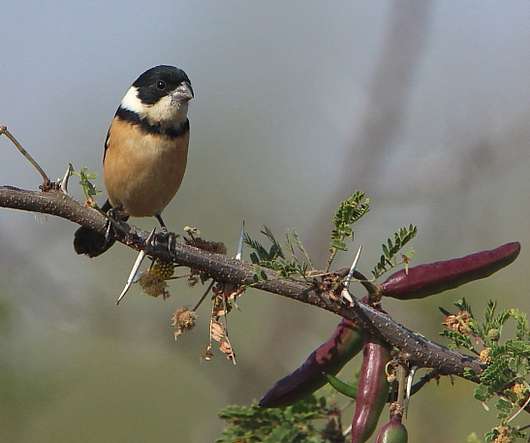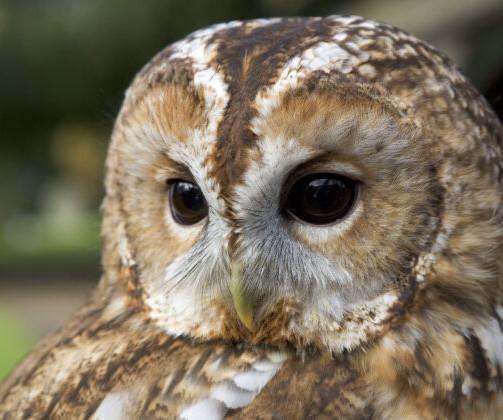My Old Stomping Grounds
10,000 Birds
MAY 3, 2024
On Tuesday, my wife and I travelled 1750 miles (2,800 km) from our home of thirty years in Morelia, to the region in which I grew up, the San Mateo Peninsula of the San Francisco Bay Area in California. According to my list, which somehow ended up being the official group list, we saw 41 species in about four hours.















Let's personalize your content